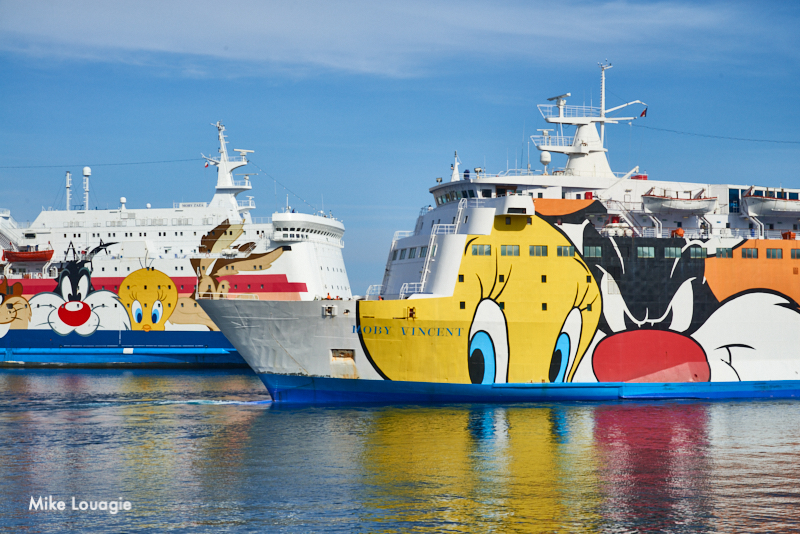Moby’s Rescue Plan Postponed until the End of the Year
According to some sources familiar with the matter, Moby Group asked the Court of Milan an ex extra-time of 60 days for presenting its financial restructuring plan to be submitted to the creditors (banks and bondholders). Among the reasons behind the request there is also the Covid-19 emergency. If approved by the Court, the new deadline will be postponed until the end of the current year.
Earlier this month the financial news provider Reorg Research revealed that the Onorato-controlled ferry group is in talks with come investment funds about a possible new money provision amid the group’s restructuring.
Moby closed the first half of 2020 in red for EUR 50 million and the overall financial exposure increased to EUR 643 million, of which 160 million with banks, 295 million with bond holders and 140 million with subsidiaries.












